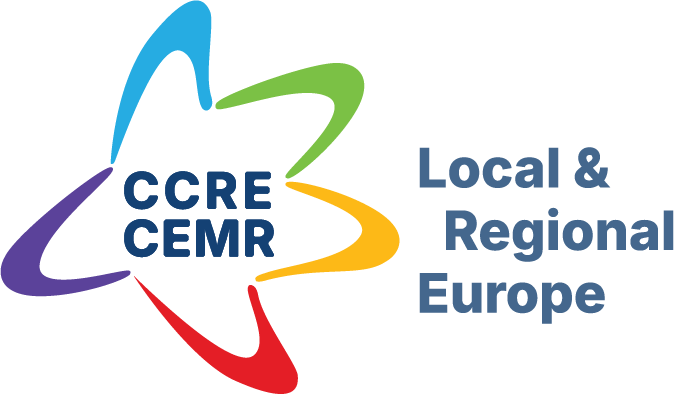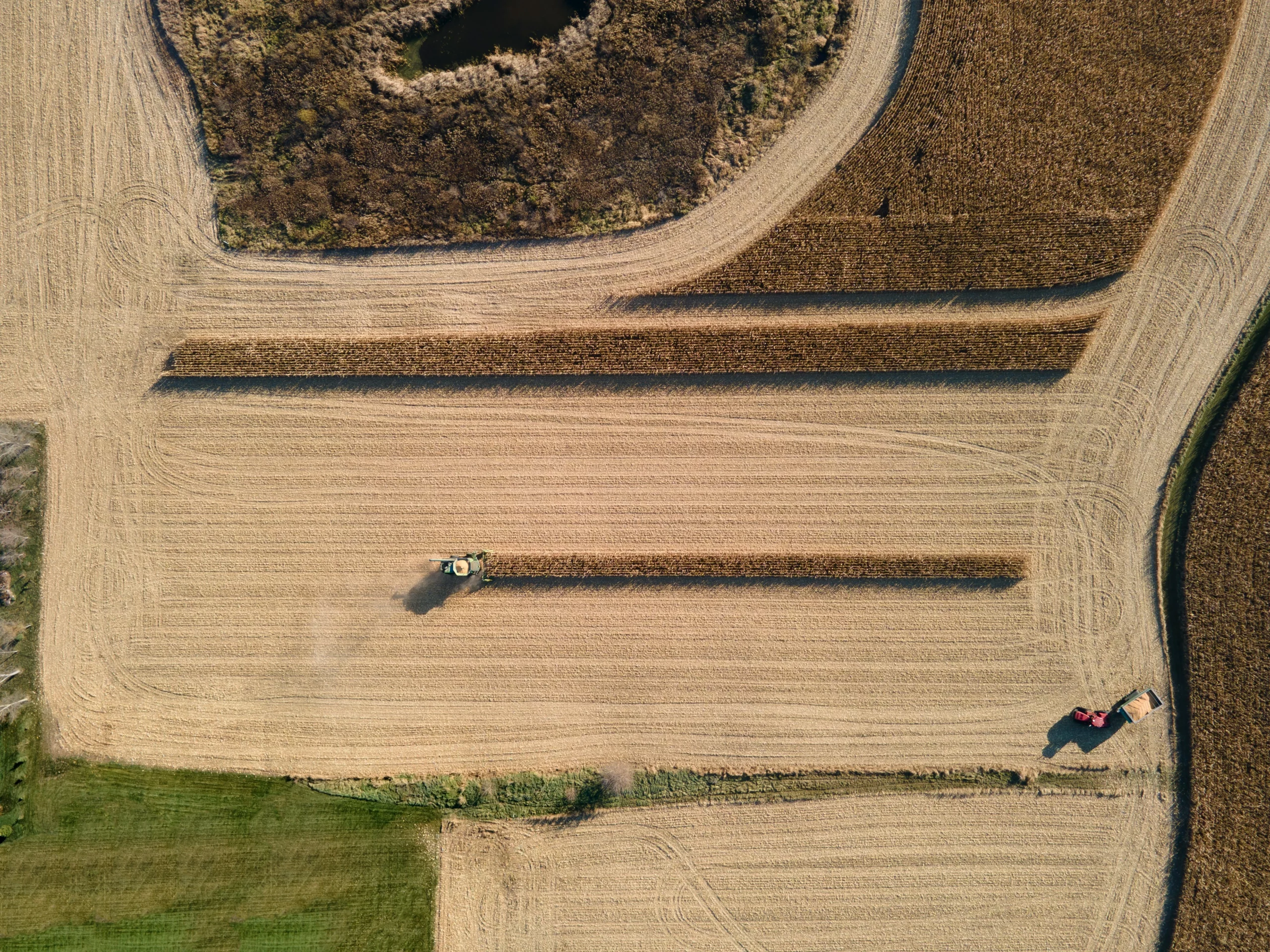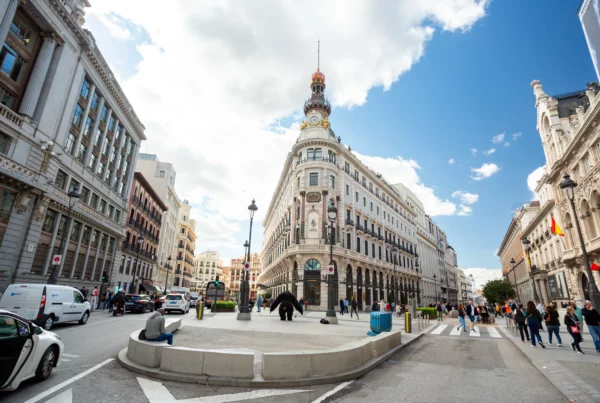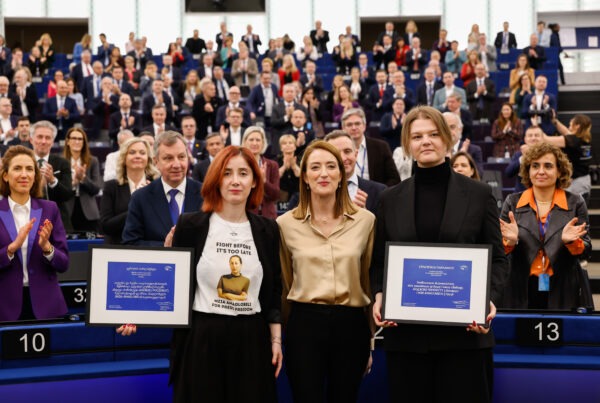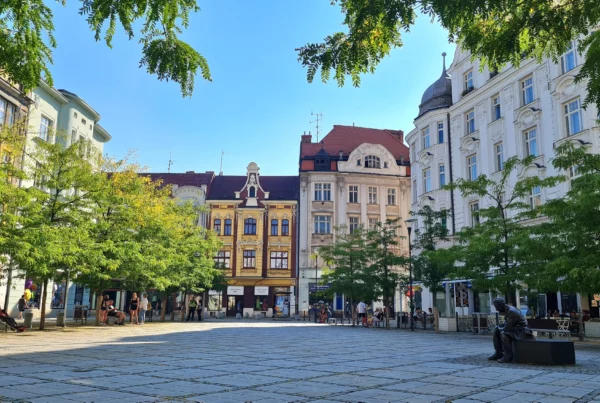Exclusive interview: Commissioner Dubravka Suica on the future of rural areas
On 30 June, the European Commission released the Communication “A long-term vision for the EU’s Rural Areas – Towards stronger, connected, resilient and prosperous rural areas by 2040”. The content of the communication is very comprehensive, ranging from the provision of public services in rural areas to digital solutions and the diversification of the economy. We spoke with the Vice-President of the European Commission and Commissioner for Democracy and Demography, Dubravka Šuica, about the challenges, objectives and next steps of this initiative.
What was the driver for the Commission in deciding to release this communication now and what will be its objectives?
The demographic transition being experienced in the EU is felt in different ways in different regions, but there is no doubt that it has had a particular impact on our rural areas. The more remote rural areas in particular have experienced loss of population, ageing and challenges in provision of services and infrastructure. The COVID-19 pandemic only increased some of these gaps within the EU.
With this Vision we wanted to reach more than 137 million people living in around 80% of our territory and ensure that they can thrive in the areas they call home.
This vision presents very concrete actions, which will immediately start contributing to creating jobs, upgrading infrastructure and mobility, attracting and retaining young talent.
Being a former mayor yourself, what do you think that are the most relevant aspects that will help local politicians address pressing challenges, such as demographic and economic decline in their rural territories and municipalities?
The vision is very broad and implementation of the actions proposed in it requires involvement of all levels of governance: European, national, regional and local. We also need to engage the local civil society actors, associations and the business community. This is why the vision proposes the EU Rural Pact.
As a former mayor, I know how important it is to build coalitions beyond the local community and this is why the overall objective of the vision is to create effective ways for engagement with multiple stakeholders. The EU Rural Pact will be a great opportunity for the mayors to exchange ideas and plan targetted projects with stakeholders who might otherwise be more difficult to reach.
The communication on long term vision for EU’s rural areas is just a first step: looking ahead to 2024, what are the next steps envisaged, both for the Commission and stakeholders?
By the end of this year the EU Rural Pact will be launched together with the Committee of the Regions. We will also start implementing the rural action plan that contains tangible and operative flagship projects to sustain rural areas. Altogether, we have nine flagships and 15 accompanying actions.
As an example, the first flagship project is the “rural revitalisation platform” that will predominantly support rural areas affected by population loss, ageing and a lack of economic opportunities while the flagship ‘rural digital futures’ proposes an integrated set of actions to boost the sustainable digital transformation of rural areas.
According to a recent Eurobarometer, 79% of EU citizens support the EU giving consideration to rural areas in public spending decisions and 65% of EU citizens think that the local area or province should be able to decide how the EU investment in rural is spent. To what extent will the new communication aim to influence how EU funds will be allocated in rural areas, in the upcoming years?
The Vision highlights the importance of achieving the full potential of rural areas. This can only be done with appropriate encouragement and support. The vision gives a clear message to all stakeholders, including national governments, on the importance of providing funding and a framework for support to the rural areas . Already last year I sent a letter to the Member States together with Commissioners Ferreira and Wojciechowski asking them to draw attention to rural areas in the preparation of the common agricultural policy strategic plans and the cohesion policy operational programmes.
In addition, the Vision proposes a toolkit on access to, and optimal combination of, EU funding opportunities for rural areas. The toolkit will improve synergies and complementarities between funds and allow local residents to benefit from multiple funds.
How can the Next Generation Europe also contribute to the goal of revitalising rural and remote areas?
Recovery and resilience facility, InvestEU, the European Investment Bank and other EU programmes can be used to promote activities in rural areas and we have invited the Member States to use these funds having the specific needs of rural areas in mind.
In addition as proposed in the Long Term Vision for Rural Areas all of the future EU policies will be screened for effects on the rural areas through the process of rural proofing proposed in the Vision. Beyond financial support, the Vision creates a momentum motivating action for the benefit of the rural areas from a range of stakeholders.
There is a growing perception that rural areas are low down the EU’s priority list. According to the Commission’s public consultation, 56% of inhabitants of rural areas felt left behind. How can the Conference on the future of Europe contribute to cope with this feeling? How can we ensure the relevance of the debate on the future of Europe for citizens, especially those in rural territories?
In launching the Long Term Vision for Rural areas, the European Commission has made a clear commitment to prioritise the well-being and prosperity of rural areas, looking at them in a way that goes beyond the traditional view of agriculture. The multiple actions proposed in it will touch the lives of many in our rural areas to help address this sense of being left behind.
The Conference on the Future of Europe is designed to engage and include all of our citizens, also those who are sceptical towards EU and who feel left behind. It is an opportunity for the rural actors to express their views and have their voices heard primarily by taking the initiative to organise their own events and to feed them into the multilingual digital platform or through the conference panels and plenary,.
How do you envisage local elected representatives – other than those representing the Committee of the Regions – , being able to exploit this opportunity to be present in the Plenary of the Conference on the future of Europe? How can their inputs effectively contribute to the debate at the level of EU institutions?
The Committee of the Regions is co-ordinating to ensure a balanced participation of these elected representatives, who are not sitting members of the Committee of Regions. The members of the will debate recommendations from European and national Citizens’ Panels and input from the multilingual digital platform with citizens, national and European Members of Parliament and representatives of civil society organisations, social partners and other stakeholders. All of these inputs can be shaped by the local representatives’ points of view and the local representatives should engage with all of these levels to ensure their contributions are heard.

Advisor – Territorial Cohesion & Local Finances
